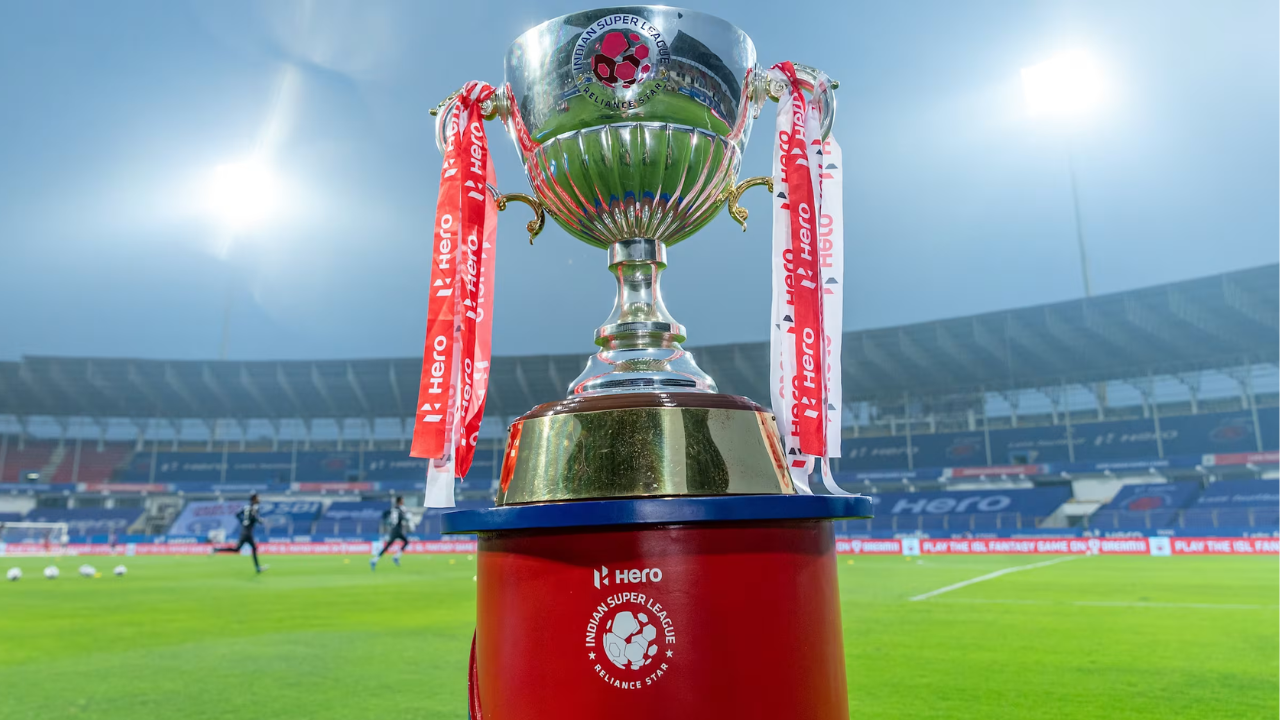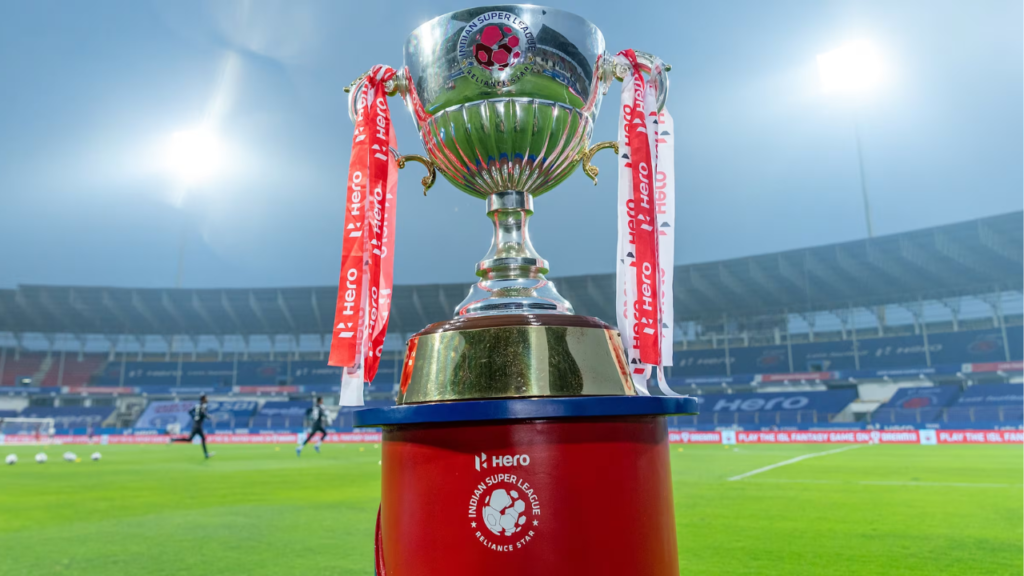
On August 22, 2025, a critical legal battle for the future of Indian football will be heard by the Supreme Court. The dispute is between the All India Football Federation (AIFF) and Football Sports Development Limited (FSDL), the company that runs the Indian Super League (ISL). The hearing comes after the AIFF backed away from seeking an urgent resolution, and it was only through the intervention of court-appointed advisors that the case was brought before Justices P. S. Narasimha and Atul Chandurkar.
What’s at Stake?
The main issue is the financial and operational model for the ISL. The ISL’s future hangs in the balance, putting the upcoming 2025-26 season at risk. This uncertainty affects the clubs, players, and hundreds of people who work in the league. The AIFF wants a fixed financial commitment from FSDL, while FSDL prefers a profit-sharing model, which the AIFF considers too risky.
A Potential Short-Term Solution
The most likely outcome of the court hearing is a temporary agreement. The Supreme Court could grant a six-month extension for FSDL to run the ISL under the same terms as the previous season. This would give a new AIFF leadership—expected to be elected soon—time to take over and work on a long-term plan. Such a decision would ensure the new season starts on time and protects the interests of everyone involved. However, this is only possible if FSDL agrees to these terms.
The Risk of a Standoff
If FSDL refuses to operate under the old contract, the situation becomes much more difficult. The court cannot force the AIFF to accept FSDL’s new offer, nor can it force FSDL to continue running the league. If no agreement is reached, the ISL season could be cancelled entirely. This would lead to widespread financial collapse for clubs, potential closures, and a major setback for Indian football’s growth.
Other Scenarios
In a worst-case scenario, the ISL season could be called off, leaving a huge void in the top-tier football calendar. There’s a small chance the AIFF could try to integrate ISL clubs into the I-League, but this would come with major financial and logistical problems. The I-League currently lacks the infrastructure and funding to support these clubs, and the move would likely cause more issues than it solves. Another, more theoretical idea of ISL clubs playing in foreign leagues is not a realistic option due to high costs and logistical challenges.
The Court’s Role
The Supreme Court is aware of the significant impact this case has on the sport and its fans. Therefore, it is expected to push for a short-term compromise. The court can provide a legal framework for a temporary solution, but it cannot force the two parties to cooperate. The final decision rests on whether the AIFF and FSDL are willing to find common ground for the good of the game.
This crisis has highlighted long-standing problems in the governance of Indian football. The outcome of the August 22 hearing will not only determine the fate of the upcoming ISL season but also signal the future direction of football in India.
Also Read: FIFPRO Voices Deep Concern Over ISL Impasse, Calls for Swift Action




